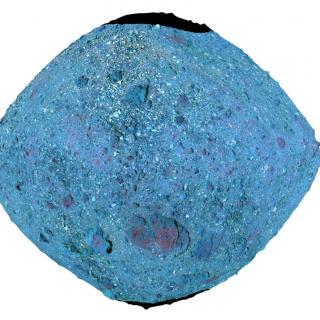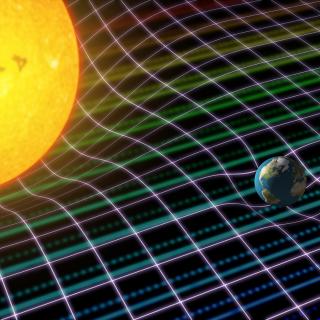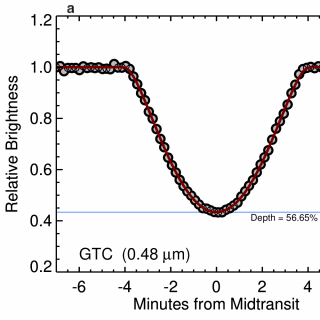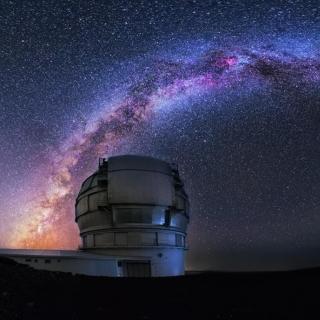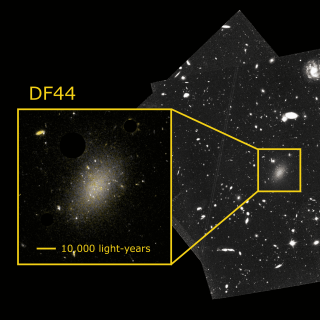
At present, the formation of galaxies is difficult to understand without the presence of a ubiquitous, but mysterious component, termed dark matter. Astronomers have measure how much dark matter there is around galaxies, and have found that it varies between 10 and 300 times the quantity of visible matter. However, a few years ago, the discovery of a very diffuse object, named Dragonfly 44, changed this view. It was found that this galaxy has 10,000 times more dark matter than the stars. Taken back by this finding, astronomers have made efforts to see whether this object is really anomalous
Advertised on
